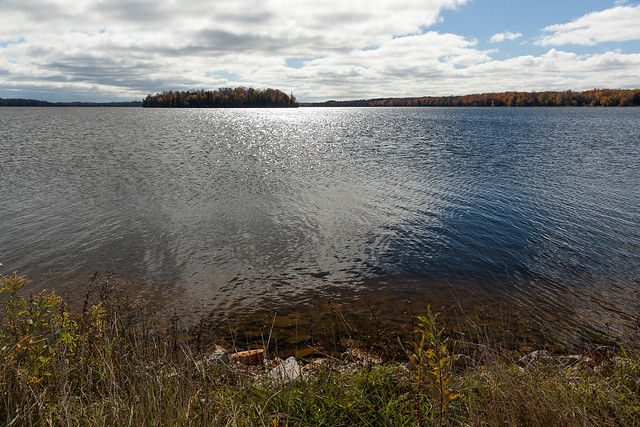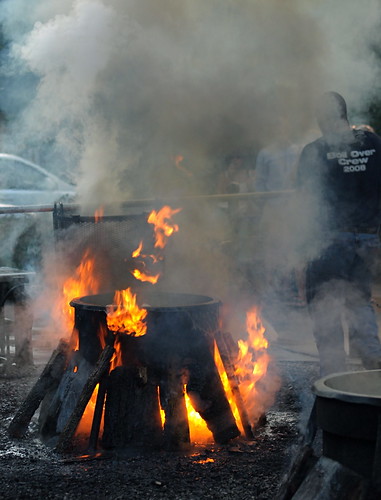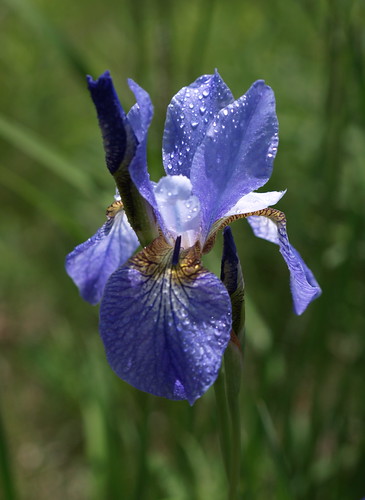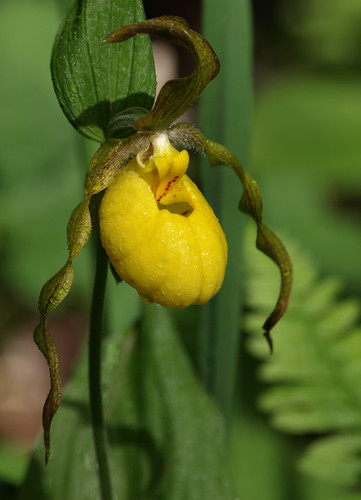The mid-October day was mercurial – one moment skies were blue, the next a wave of gray clouds pushed in from nearby Lake Michigan. Blustery winds buffeted me, causing me to lose my balance more than once. Then calm would descend for a brief respite for the wind and chill.
October in Door County, for sure, Wisconsin’s northeastern most point, a peninsula sticking out into tempestuous Lake Michigan.
Kangaroo Lake is one of the more protected places on the peninsula in fresh water lake in the center of Door County, and a wonderful place to go during the autumn festival days. Most of the crowd who comes to enjoy the views hug the shore of Door County, bay side and lake side. But there is much to be said for the wild beauty of the interior, too.
I loved studying the autumn changes of Kangaroo lake, standing on a narrow bridge of road that crosses the northern most bay. Fallen leaves were bobbing on the surface, the reeds were stripped of there green finery and their fuzzy seeds, and stood knee deep in the cold, stunningly blue water. Beyond, fir trees lined one side of the lake, and deciduous trees in this year’s last blaze of glory hugged the opposite side.
Then the sun disappeared in the scattered clouds.
Once I had taken in the scene with all my senses, as is my habit, I turn around to see what is behind me.
And the sun slid from the cloud cover, causing the lake ripples to shimmer in a sheet of dancing light.
A solitary island caught my attention. Birds were darting from the trees to the water and back again. Creatures were slipping in and out of the shadows and the shoreline brush.
Kangaroo Lake — its two faces. Both to be explored and adored.












